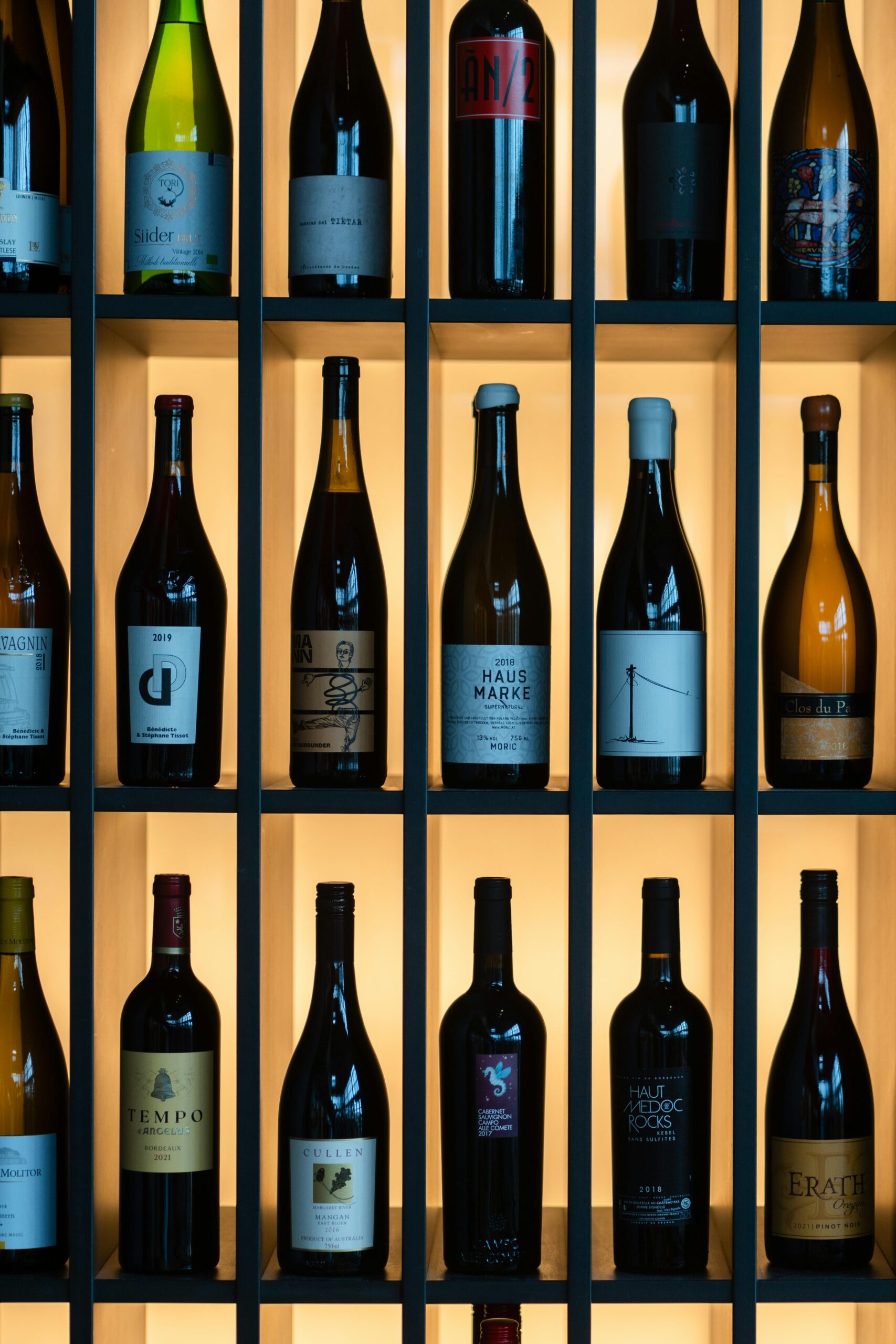Turning age 70.5 with an IRA account – what you need to know
When to Start Planning for Retirement
There’s a reason that you need retirement plan solutions. Regardless of when you plan to stop working, the IRS requires you to take distributions at 70.5. Making sure you start taking distributions is crucial, since the IRS imposes a 50% penalty on funds that are not withdrawn. But, this is only one of many decisions you’ll need to make. One of our financial advisors can help you start planning now.
How is a required distribution calculated?
The calculation is straightforward, if you fall under the regular rules. You take the value of your IRA accounts as of December 31 of the prior year and divide that by the IRS divisor. IRS divisors are age based. See the IRS Uniform Lifetime Table for specific numbers.
Retirement Rules Based on Marital Status
Several rules depend on whether you are married or single, and whether your spouse’s age. Use the IRS Joint Life Expectancy Table to find the correct divisor. Your IRA’s custodian will usually calculate your required distribution and track how much you take out on a monthly basis. This information is on your monthly statement. If your spouse is 10 years younger, your distribution amount will be less. This, and other unique situations—like inherited IRAs—require more complex calculations. You may need to calculate and track this on your own. Or look for a financial advisor to help you calculate and track this.
Do you need the cash?
If you need cash, withdraw the required amount from your IRA and move it into a taxable account. The custodian of the funds should send the tax withholding directly to the IRS on your behalf. Like any financial transaction, make sure you to check and make sure your custodian is working on your behalf. This works like the withholding on a W2. So when you go to file your taxes this amount has already been paid to the IRS. At the end of the year, you will get a 1099R showing how much you took out and the taxes that were withheld on this amount. We recommend working with an accountant to make sure you are best leverage your financial assets. At Evensky & Katz/Foldes Financial, we will work with your accountant. Your accountant may suggest a higher withholding than your actual tax rate, since the withholding may cover taxes on any other income. If you don’t need the funds, you can transfer securities into a taxable account. This is still considered a taxable distribution. So check you either have the funds available to pay the taxes or sell securities to generate funds to pay the taxes. Your accountant can help determine how much you should withhold, based on your tax situation.
Should I wait until the following year to take my distribution?
You have until April 15th of the year after you turn 70.5 to take your first distribution. Keep in mind that, in this case, you have to take a second distribution that year. If you are still working in the year you turn 70.5, but plan to retire the following year and project that you will have lower income, you can choose to wait and take two distributions the following year.
Do I have to take a portion from each account?
If you happen to have several IRA accounts, you can total the value of the accounts to make the calculation, but then take the distribution from only one of the accounts. You do not need to take a part from each account, unless you prefer to do it that way for accounting purposes. If you have a 401K account, you will need to calculate that amount and then take the portion from the 401K. Other accounts, such as retirement annuities or 403b’s, need separate distributions. They cannot be aggregated with your regular IRAs. If you have a 401k and you are still working and contributing, you can choose to defer distributions until you retire. If you own more than a 5% share of the company, you will be required to take a distribution.
Charitable contributions, estate planning and the new tax laws
The new tax laws have increased the standard deduction and put caps on what you can itemize. If you have charitable contributions, you can make these through your IRA by sending a check to the charity directly from your IRA account. These donations go towards satisfying your required minimum distribution, and are tax free.
Sample Estate and Retirement Planning
If your RMD is $50,000 and you donate $50,000 to a charity from your IRA, you owe no taxes and you have satisfied your required distribution. You can also request checks on your IRA to make smaller donations along. These may not otherwise be deductible. Keep in mind that the charity has to be registered as a qualified charity.
Have Questions? Feel free to contact Roxanne Alexander by phone 305.448.8882 ext. 236 or email: [email protected]
For more information on financial planning visit our website.
Categories
Recent Insights
-

When Love Ends, Who Keeps the Picasso? Dividing Art and Collectibles in Divorce
Divorce is never only about dividing assets. For many couples, the most difficult conversations don’t revolve around bank accounts or real estate—they center on the art, antiques, wine, or collectibles that hold both financial and emotional weight. Over the years, I’ve seen how these items often represent more than monetary value. They are memories, passions,…
-

Talk Your Chart | Market Reversals, AI Interdependence, and What Investors Should Know | Ep. 74
In episode 74 of Talk Your Chart, Brett Horowitz is joined by Lane Jones, Chief Investment Officer at Evensky & Katz / Foldes, to examine some of the most surprising market behaviors of 2025. They break down this year’s historic intraday reversals, why strong economic data can still trigger weak market reactions, and how rate-cut…
-

Combining Donor-Advised Funds and Private Family Foundations for Charitable Giving
When families embark on a philanthropic journey, they often consider whether to create a private family foundation (PFF) or establish a donor-advised fund (DAF). Both vehicles are powerful tools, each with distinct advantages. In practice, many families find that using both together can provide the flexibility, simplicity, and impact they seek. With careful planning, the…
-

Here’s How To Take Your Wine Investment Portfolio to the Next Level
Many investors exploring the world of wine as an asset start with a handful of bottles or a platform account. However, the real challenge (and opportunity) lies in taking a portfolio from “starter” to strategically optimized.
-

The OBBA §179 Deduction: Conversations Every Business Owner Should Be Having
It’s all the buzz… Congress passed another “new law” — the One Big Beautiful Bill Act (OBBBA). In it, major changes to the OBBA §179 deduction start in 2025. For small and mid-sized businesses, this could result in significant tax savings and better cash flow when investing in equipment, technology, or improvements. Forget all the…
